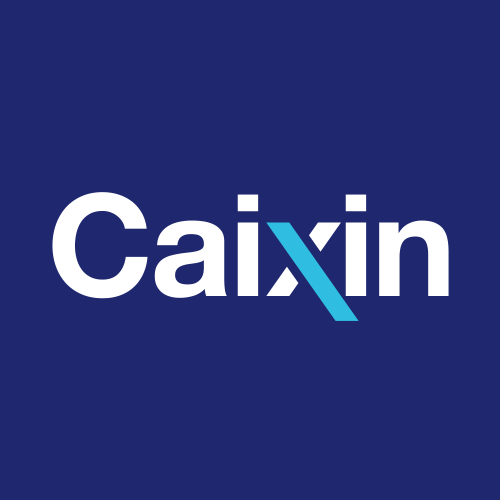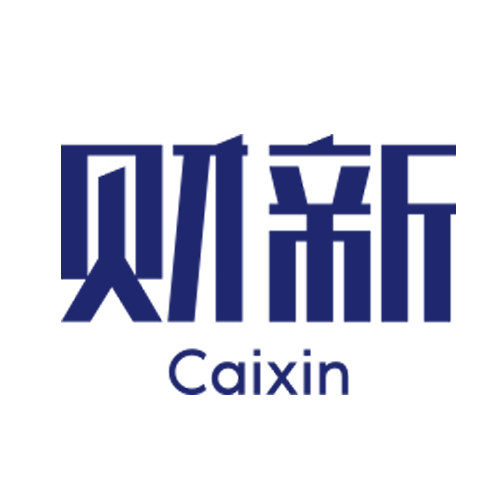In Depth: Local Governments Ditch Financing Vehicles to Offload Hidden Debt
Listen to the full version
China’s campaign to reduce hidden borrowing parked on the balance sheets of local government financing vehicles (LGFVs) has left many heavily indebted authorities struggling to fund investment and support their economic growth.
Some, including Chongqing, a municipality on an official list of 12 high-risk provincial-level regions, are now attempting to transform some of their LGFVs into market-oriented entities (市场化主体) and offload government liability for the vehicles’ borrowings. The aim is to reduce the authorities’ own debt levels, which they hope will lead to the easing of restrictions imposed by the central government on their ability to borrow money and invest in GDP-boosting projects.

Download our app to receive breaking news alerts and read the news on the go.
Get our weekly free Must-Read newsletter.
- DIGEST HUB
- China is pushing local governments, like Chongqing, to reduce hidden debt by transforming LGFVs into market-oriented entities, aiming to ease borrowing restrictions.
- Analysts caution that this decoupling may not resolve financial risks and could lead to new hidden debts, as LGFVs might still invest in non-profitable government projects.
- Local debt is substantial, with the IMF estimating LGFV debt at 60 trillion yuan, nearly 1.5 times the official local government debt of 40.7 trillion yuan.
China is conducting a campaign to reduce hidden borrowing by local government financing vehicles (LGFVs) to alleviate debt burdens. This initiative intends to turn heavily indebted local authorities' LGFVs into market-oriented entities, aiming to lower debt levels and ease central government borrowing restrictions [para. 1][para. 2]. However, analysts warn that this strategy might not resolve financial risks and could lead to new hidden debts. These market-oriented LGFVs may still invest in unprofitable infrastructure projects [para. 3].
In Chongqing, a municipality of 30 million people, four LGFVs were recently restructured to operate independently, holding the local government only partially responsible for liabilities. This approach has been adopted by 239 LGFVs in 24 provincial-level regions, and another tally highlights 454 LGFVs now operating as market entities or without government debt [para. 4][para. 5]. This change follows directives from the State Council to address local government hidden debt, an effort emphasized after a Politburo meeting in July [para. 9].
Local governments are struggling under heavy debt and finding difficulty balancing debt resolution with economic needs. LGFVs have historically funded infrastructure to meet GDP growth targets, resulting in substantial hidden debts. The International Monetary Fund estimates LGFV debt around 60 trillion yuan ($8.5 trillion) compared to 40.7 trillion yuan of official local government debt at the end of 2023 [para. 10]. The current debt resolution strategy involves issuing special refinancing bonds and directing banks to extend loan terms and lower interest rates [para. 11].
Local governments are seeking innovative ways to offload liabilities and access new financing, although this approach is still experimental and hasn't been officially approved by the central government [para. 12]. A national database was created to control hidden debt, restricting nearly 18,000 LGFVs from borrowing for anything other than "three major projects" [para. 13]. This step aims to prevent hidden debt buildup but cuts local economic development funding significantly [para. 14].
Chongqing's decision to separate some LGFVs from the local government’s balance sheet seeks to reduce debt-to-GDP ratio and lift project investment restrictions. The strategy involves a three-step approach: paying off hidden government debt, announcing the LGFV's independent status, and transferring liabilities to other companies. However, the third step, involving creditor negotiation, is particularly challenging [para. 17][para. 18]. Even with these steps, there's no guarantee the restructured LGFVs will secure new financing for local infrastructure projects [para. 19].
Being on the list of heavily indebted regions limits Chongqing's ability to invest in new projects, which significantly impacts local GDP growth alongside other struggles like the prolonged property market slump and weak consumer confidence. Over half of China's provincial-level regions missed GDP growth targets for 2023, adding to the pressure to meet new goals [para. 25]. To regain investment abilities, Chongqing aims to reduce its debt-to-GDP ratio by offloading some LGFVs. However, simply transforming LGFVs to market-oriented entities might not be enough to remove them from high-risk lists [para. 26][para. 27]. The main challenge remains in repaying LGFV debt, as restructuring doesn't eliminate liabilities or guarantee refinancing [para. 28].
- Zhongtai Securities Co. Ltd.
- Zhongtai Securities Co. Ltd. is a financial services firm that compiled data on local government financing vehicles (LGFVs) in China. According to their data, from late November to May 25, a total of 239 LGFVs in 24 provincial-level regions claimed to be market-oriented entities. This information highlights the scale of efforts to transform LGFVs to reduce hidden debt burdens on local authorities.
- Huachuang Securities Co. Ltd.
- Huachuang Securities Co. Ltd. compiled a tally showing that 454 Local Government Financing Vehicles (LGFVs) had renounced their roles as government financing sources, operated independently as market entities, or had no government debt in their existing debt. This data covers a period from July to March 8.
- July 2023:
- A meeting of the Politburo urged policymakers to create and implement a “package of debt resolution plans” to address financial risks.
- July 2023 to March 8, 2024:
- Huachuang Securities Co. Ltd. compiled a tally showing 454 LGFVs had renounced their roles as sources of financing for local governments, operated autonomously as independent market entities, or had no government debt included in their existing debt.
- September 2023:
- The State Council released one of two documents to tackle excessive local government hidden debt.
- December 2023:
- The State Council released a second document to tackle excessive local government hidden debt.
- End of 2023:
- Official local government debt was 40.7 trillion yuan, while the International Monetary Fund estimated hidden debt of LGFVs was as high as 60 trillion yuan ($8.5 trillion).
- First quarter of 2024:
- The national database for debt control, including nearly 18,000 LGFVs, was up and running.
- GALLERY
- PODCAST
- MOST POPULAR







 Sign in with Google
Sign in with Google
 Sign in with Facebook
Sign in with Facebook
 Sign in with 财新
Sign in with 财新